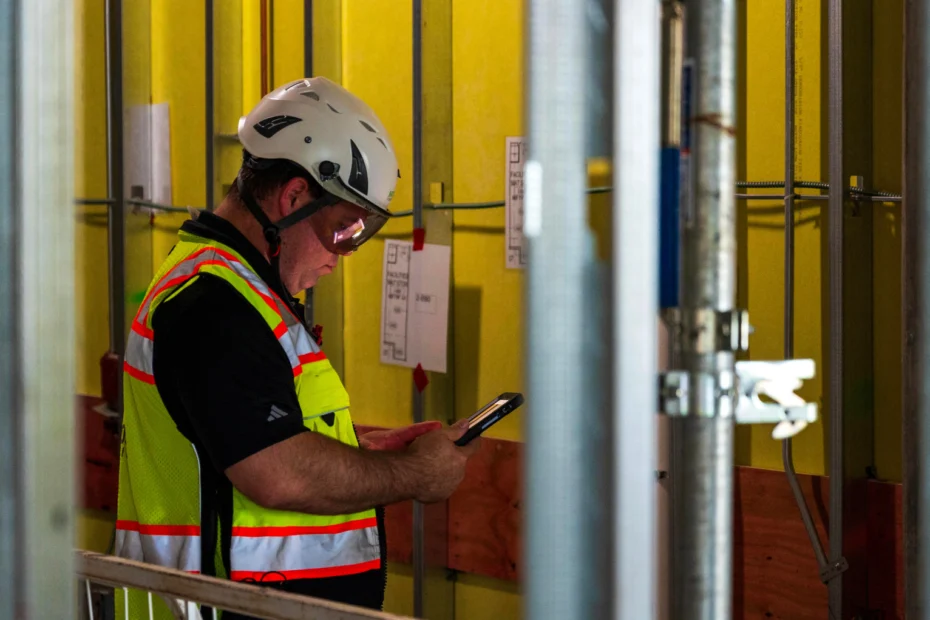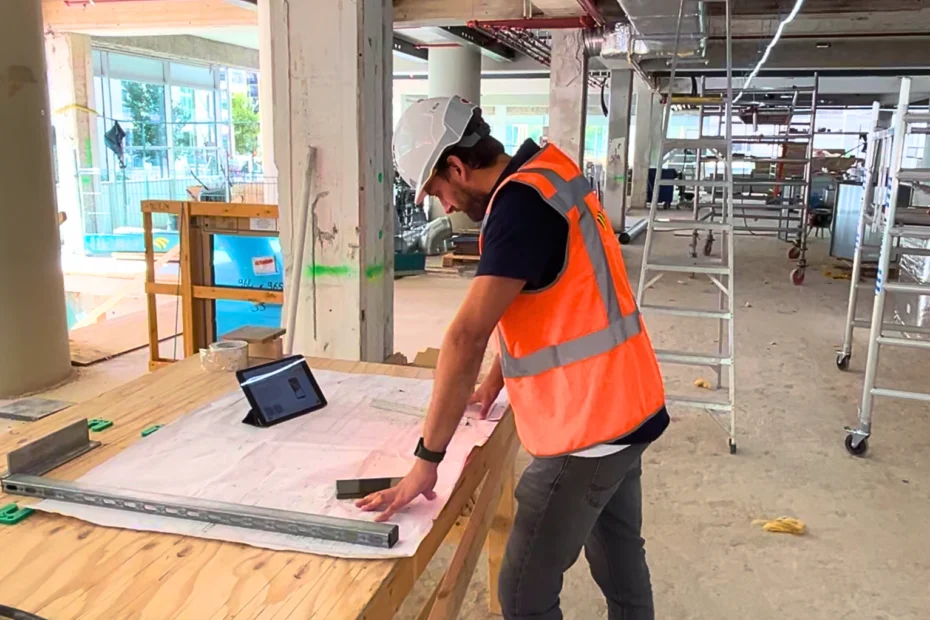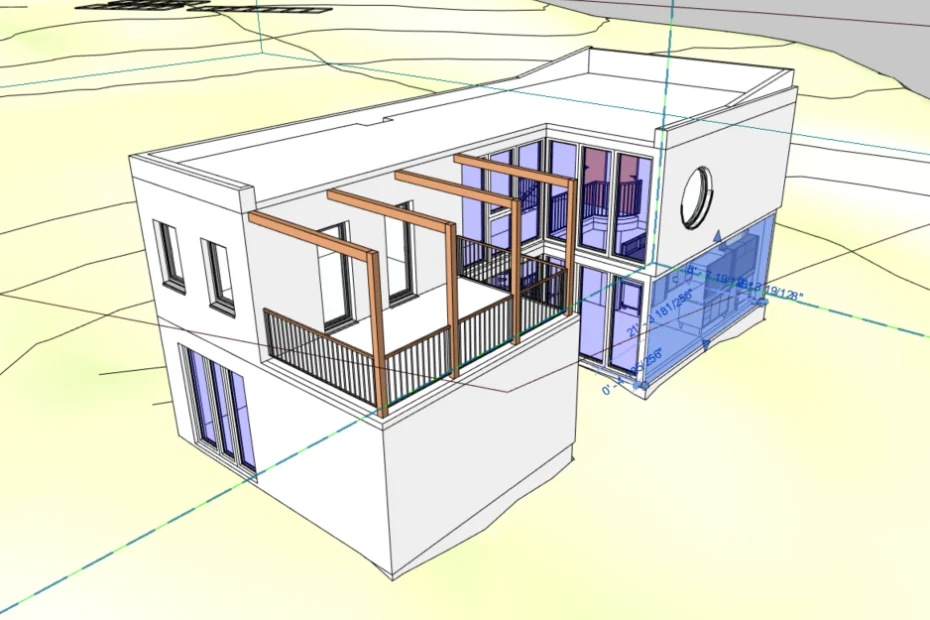
Turning the Page on Rework: How Goldbeck Uses AR for Superior Results
Table of Contents Share this post Facebook Twitter LinkedIn Pinterest… Read More »Turning the Page on Rework: How Goldbeck Uses AR for Superior Results

Table of Contents Share this post Facebook Twitter LinkedIn Pinterest… Read More »Turning the Page on Rework: How Goldbeck Uses AR for Superior Results

The global construction industry has surged by 35.7% since 2017, but despite this growth, nearly 98% of projects still face cost overruns, highlighting the need for innovative solutions like augmented reality (AR) to address persistent inefficiencies. GAMMA AR is at the forefront of this shift, enhancing jobsite efficiency by improving visualization, alignment, and collaboration through its cutting-edge AR technology.

Table of Contents Share this post Facebook Twitter LinkedIn Pinterest… Read More »Compliance, Complexity, and Cleanrooms: The AR Solution for Pharma Builds
Table of Contents Share this post Facebook Twitter LinkedIn Pinterest… Read More »Leveraging GAMMA AR for Data-Driven Jobsite Progress Tracking

The construction industry has always been built on tried-and-true methods.
Out at the jobsite, we’ve been working with 2D drawings, manual measurements, and physical mockups for centuries now.
But these approaches, while certainly dependable, have some serious limitations.
Mistakes happen, inefficiencies crop up, and there’s often a wide enough gap between what the designer envisions and what actually gets built out at the site.

AR bridges the gap between the digital and physical worlds by overlaying 3D BIM models directly onto construction sites. This powerful tool enhances accuracy, helping teams catch errors early, prevent rework, and keep projects on track.

Share this post Facebook Twitter LinkedIn Pinterest What is a… Read More »Everything You Need to Know About Digital Twin

In this interview, Alexander Sidorov, COO / CFO at GAMMA Technologies meets with Laura Bocchibianchi, Head of Marketing & Communications at GAMMA Technologies to discuss mental health in the construction industry.

AR implementation has proven itself as an immediate General Contractor’s (GC) Pain Reliever. It’s offering actuality and up-to-date info, keeping the Design aligned with the Construction, and empowering trust between Office and Field teams.
This time, let’s speak about another Tech solution that can be a complementary tech to it.

The construction industry is one of the most important sectors of the economy in the USA and on the European continent with huge construction developments planned for 2023, such as skyscrapers, power plants, and hospitals, which cost several million or even several billion USD/Euros.
Flamanville 3 (a nuclear power plant in France -2,7 m €), Madison Square Garden Sphere (a sphere-shaped music and entertainment arena, USA – $2.8 Billion), and Crossrail (a railway project, UK – 23,3 Billion €) – each of these projects are extremely costly, and of course, design of these projects is based on BIM technology to reduce the cost of construction by identifying potential conflicts and errors early in the design process. Nowadays, no one will argue about the BIM implementation, but what was the way to get to this point, and do we have differences between BIM usage in Europe and US?